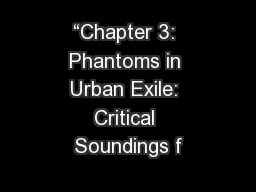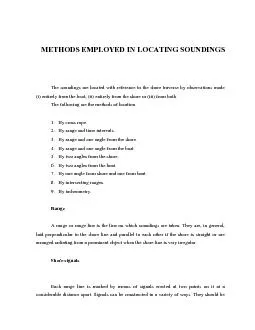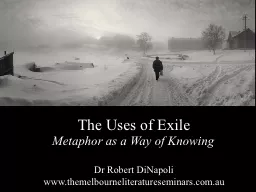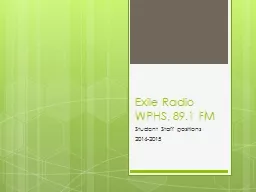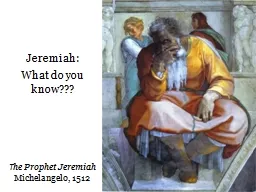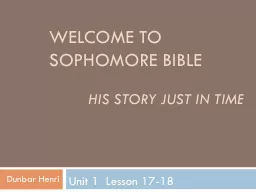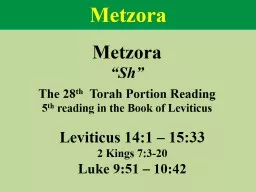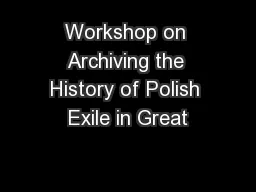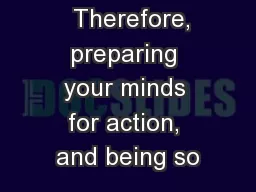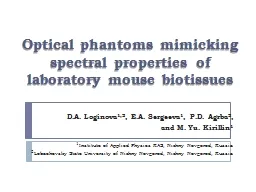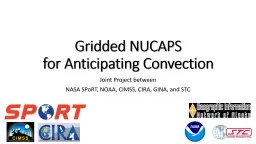PPT-“Chapter 3: Phantoms in Urban Exile: Critical Soundings f
Author : min-jolicoeur | Published Date : 2015-10-24
Barrio Logos Space And Place in Urban Chicano Literature and Culture by Raúl Homero Villa Riley Stauffer Learning Presentation AMCS 115Race and Representation
Presentation Embed Code
Download Presentation
Download Presentation The PPT/PDF document "“Chapter 3: Phantoms in Urban Exile: C..." is the property of its rightful owner. Permission is granted to download and print the materials on this website for personal, non-commercial use only, and to display it on your personal computer provided you do not modify the materials and that you retain all copyright notices contained in the materials. By downloading content from our website, you accept the terms of this agreement.
“Chapter 3: Phantoms in Urban Exile: Critical Soundings f: Transcript
Download Rules Of Document
"“Chapter 3: Phantoms in Urban Exile: Critical Soundings f"The content belongs to its owner. You may download and print it for personal use, without modification, and keep all copyright notices. By downloading, you agree to these terms.
Related Documents

